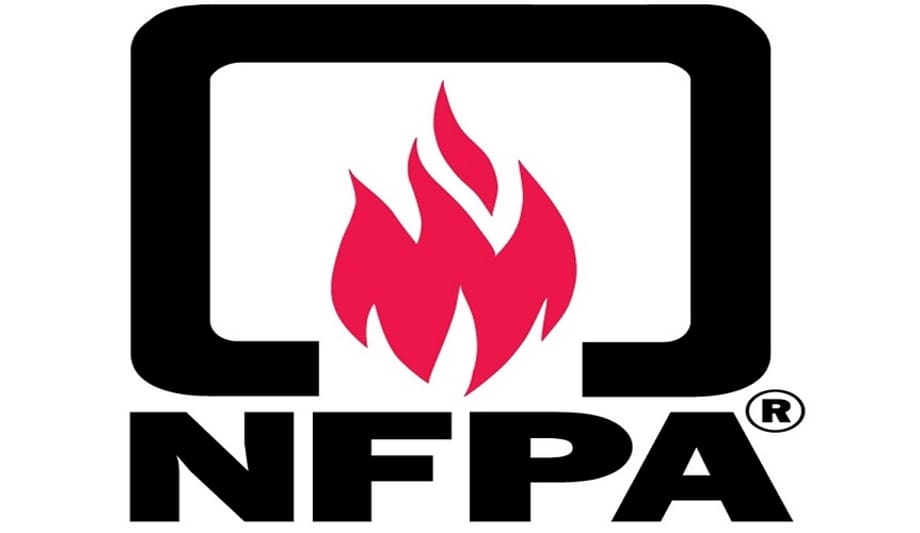
Ambulance Safety
Ambulance Safety and NFPA 1917
Originally published on December 20, 2015Updated on October 20, 2019


It’s been several months now since Change Notice #8 went into effect… and if you don’t know what that means, it’s time to get caught up. Ambulance safety is our top priority at Braun Industries. It’s often the defining factor that separates us from our competition and we take pride in protecting the first responders that risk their lives to serve their communities. Today, we’re going to give you a quick roll up on how ambulance standards have evolved over the years, and what you should focus on for your next bid document.
KKK-A-1822, better known as the Triple K Specifications, was the first ambulance specifications document established. Developed and published by the U.S. General Services Administration in the 1970s, it was created in an effort to refine the purchasing process for federal ambulances. During those early years, many departments received equipment funding through block grants from the federal government and these grants required that vehicles purchased must comply with federally approved specifications. As such, KKK-A-1822 quickly became the de facto ambulance standard in the United States.
Maintaining the KKK specifications over forty years became quite a task for the General Services Administration. Most notably, an increase in the number of patients and EMS providers killed and injured in ambulance crashes highlighted the need for a more a knowledgeable organization with the technical expertise to maintain standards going forward. As a result, the International Association of Fire Chiefs and the National Fire Protection Association teamed up in 2009 to develop a new standard for a safer ambulance. Their work resulted in the publication of NFPA 1917: Standard for Automotive Ambulances in August 2012. Today, NFPA 1917 has a direct impact on how ambulances are designed and built and what types of ambulances can be purchased in certain states where such standards are followed. It is an ever-evolving standard, updated routinely by change notices. The current edition is 2016, with the next one set to publish in 2019.
To stay on top of NFPA 1917 changes as they are issued, and to have a direct influence on the standard development process, we have representative, Scott Braun, on the NFPA 1917 committee. We also have alternate, Chad Brown. As change notices are released, we plan ahead and implement them into the design and build process to better serve our customers and their patients. Two such updates issued this year were Change Notice #7 and Change Notice #8.
Upcoming posts will focus on the details of Change Notice #7 and #8, outlining the details of each and how they impact ambulance design and safety. We also touch on how we’ve changed our processes to include them in our ambulance models, when applicable.
Subscribe to our blog to stay on top of new blog posts as they are published.
To read more on the topic in the meantime, you can visit NFPA.org.